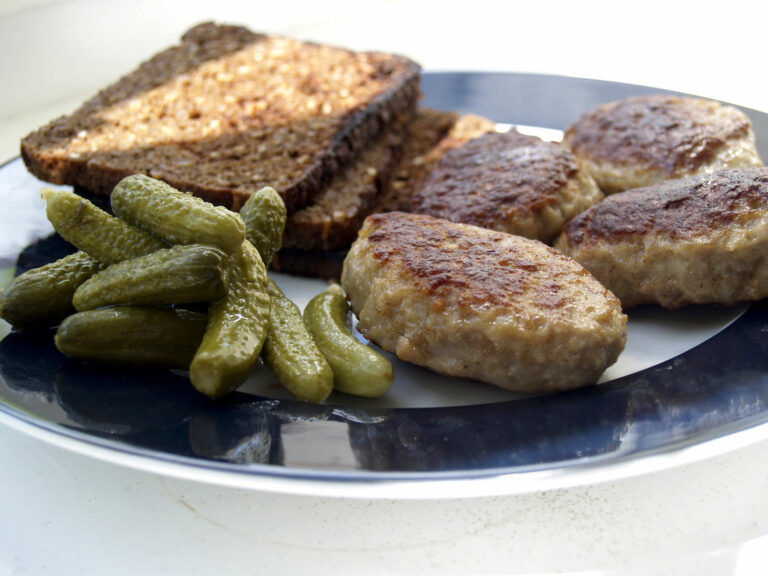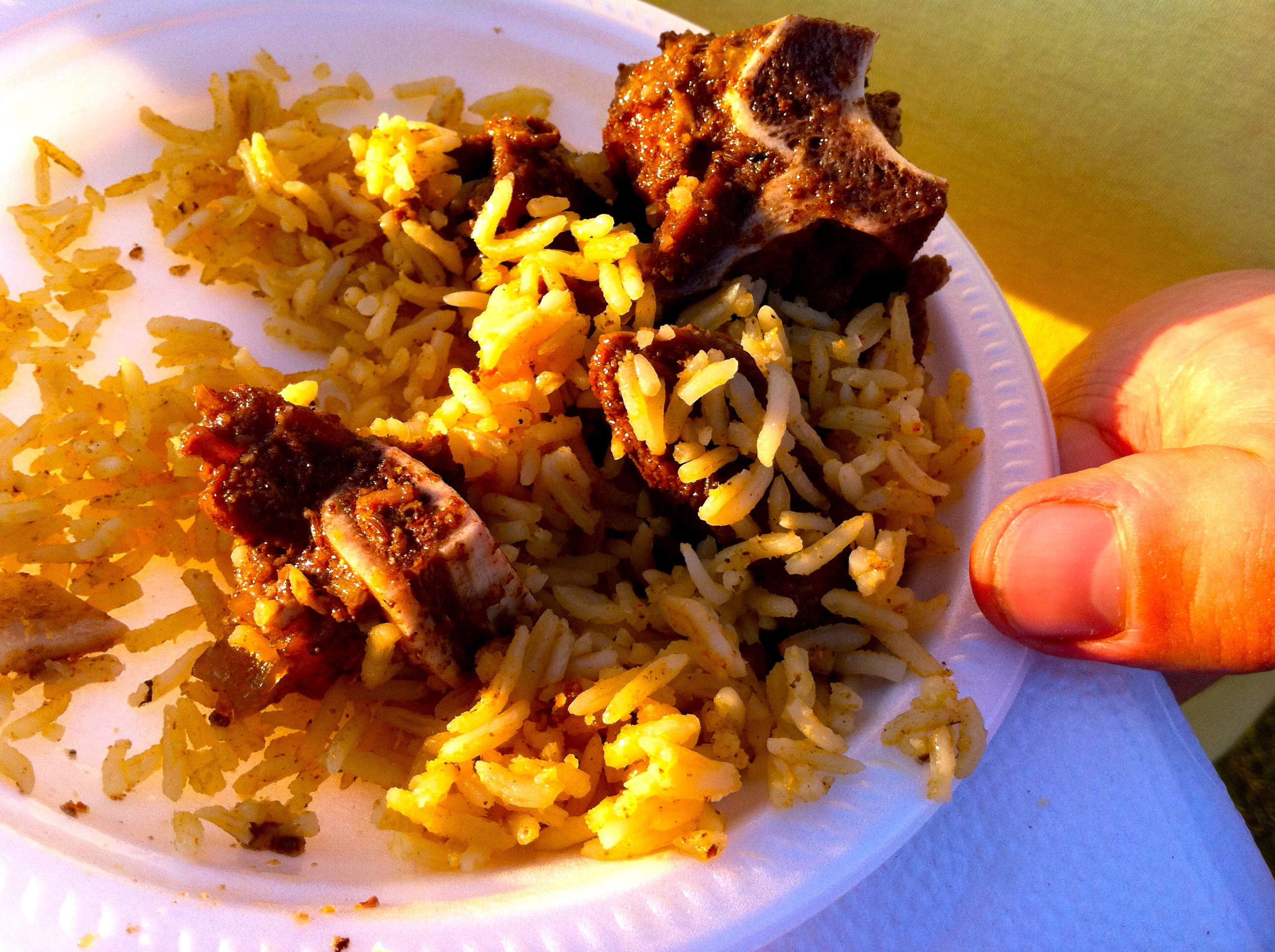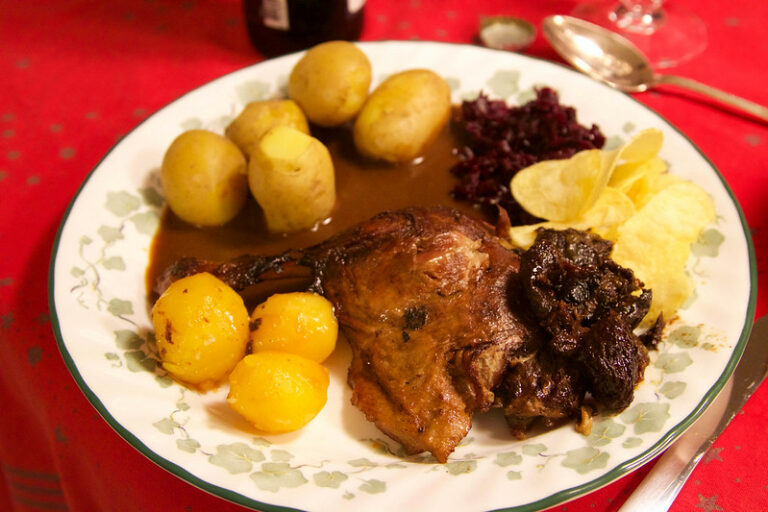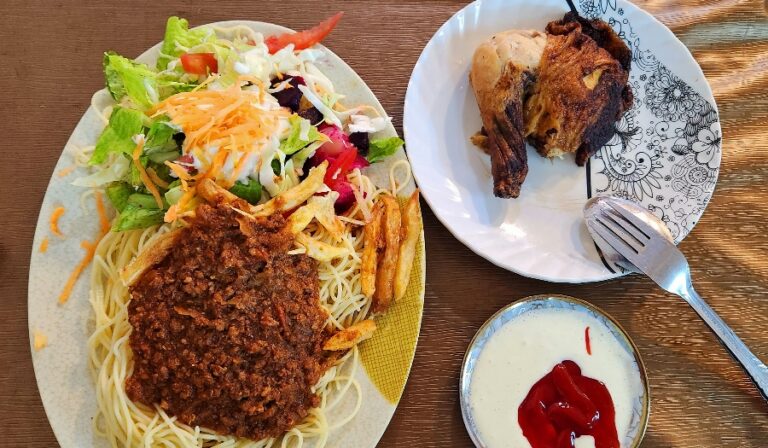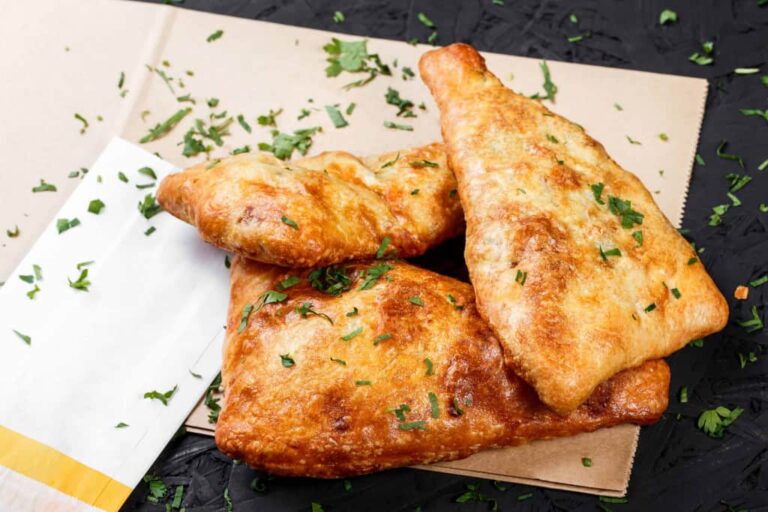Introduction: Djiboutian cuisine and cultural diversity
Djibouti, a small country located in the Horn of Africa, is home to a diverse population made up of various ethnic groups such as Afar, Somali, and Yemeni. This cultural diversity is reflected in the country’s cuisine, which is a fusion of flavors and aromas from different regions. Djiboutian cuisine combines Arab, African, and French influences and is characterized by the use of spices, herbs, and sauces. The cuisine is also known for its seafood specialties and traditional dishes that have been passed down through generations.
History: Influences on Djiboutian cuisine
Djiboutian cuisine has been shaped by its history and the various cultures that have inhabited the region over the centuries. Arab traders introduced spices and herbs such as cardamom, cumin, and coriander to the region, while French colonizers introduced bread and pastries. The Afar and Somali people who are indigenous to the region have also contributed to the cuisine with traditional dishes such as “lahoh” (a type of pancake) and “marqa” (a meat stew). The Yemeni population in Djibouti has also had a significant impact on the cuisine, bringing with them dishes such as “fahsa” (a spicy meat soup) and “bint al-sahn” (a sweet pastry).
Ingredients: A fusion of flavors and aromas
Djiboutian cuisine is characterized by the use of a variety of spices and herbs such as chili, ginger, turmeric, and cinnamon. These ingredients are used to add flavor and aroma to dishes such as “skoudehkaris” (a rice dish with meat and vegetables) and “sabaayad” (a type of flatbread). The cuisine also features a variety of meats such as goat, camel, and beef, as well as seafood such as fish, shrimp, and lobster. Vegetables such as okra, eggplant, and spinach are also commonly used in Djiboutian dishes.
Traditional dishes: A taste of Djibouti’s heritage
Djiboutian cuisine is rich in traditional dishes that have been passed down through generations. One such dish is “fah-fah” (a spicy soup made with meat, vegetables, and noodles), which is often served during celebrations and special occasions. Another popular dish is “lahoh,” a spongy pancake that is served with honey or butter. “Marqa” is another traditional dish that is made with meat and vegetables and is often served with “injera” (a type of sourdough flatbread).
Coastal cuisine: Seafood specialties
Djibouti’s location on the coast of the Red Sea means that seafood is a prominent part of its cuisine. Seafood dishes such as “dorho” (a spicy fish stew), “sharmoot” (grilled fish), and “barracuda” (a type of fish) are popular among locals and visitors alike. Seafood is often served with “pasta” (a type of spaghetti) and “riisi” (rice).
Somali cuisine: A major influence on Djiboutian food
Somali cuisine has had a significant impact on Djiboutian food, with dishes such as “hilib ari” (grilled goat meat) and “suqaar” (a meat dish with vegetables) being popular in both countries. “Injera,” a sourdough flatbread that is a staple in Ethiopian and Eritrean cuisine, is also commonly eaten in Somalia and Djibouti.
Yemeni cuisine: A taste of Arabia
Yemeni cuisine has also had a significant impact on Djiboutian food, with dishes such as “fahsa” (a spicy meat soup) and “salta” (a stew made with meat and vegetables) being popular in both countries. Yemeni coffee, known for its rich flavor and strong aroma, is also a popular drink in Djibouti.
Ethiopian cuisine: A shared culinary heritage
Ethiopian cuisine is another influence on Djiboutian food, with dishes such as “injera” and “wat” (a spicy stew) being popular in both countries. Ethiopian coffee is also widely consumed in Djibouti, with coffee ceremonies being a common social activity. The shared culinary heritage between Djibouti and Ethiopia is due to their close proximity and historical ties.


